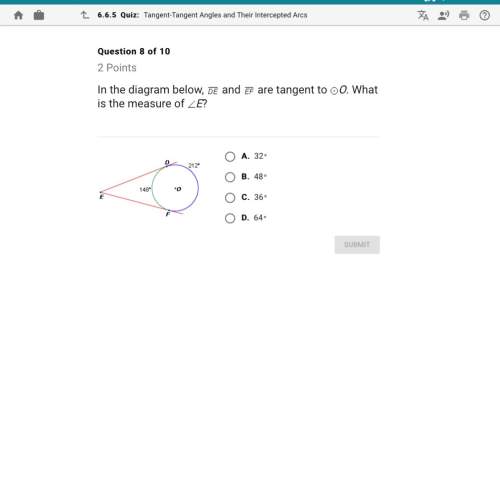
Mathematics, 27.02.2020 19:48 jpyperofficialp2z5xs
Suppose that a class of students is star-gazing on top of the local mathematics building from the hours of 11 PM through 3 AM. Suppose further that meteors arrive (i. e. they are seen) according to a Poisson process with intensity ? -4 per hour. Find the following. our (b) The probability they see zero meteors in the first hour, but at least 10 meteors in the final three hours (midnight to 3 AM). (c) Given that there were 13 meteors seen all night, what is the probability there were no meteors seen in the first hour?

Answers: 2


Other questions on the subject: Mathematics


Mathematics, 21.06.2019 18:30, cdraytonn
Mr. and mrs. wallace have decided to buy a car for $21,600. they finance $15,000 of it with a 5-year auto loan at 2.9% arp. what will be their monthly payment be? a. $268.20 b. $268.86 c. $269.54 d. $387.16 (monthly car loan payment per $1,000 borrowed) i need !
Answers: 1

Mathematics, 21.06.2019 20:30, extasisjorge
Ming says that 0.24 > 1/4 because 0.24= 2/4. which best explains mings error
Answers: 1
You know the right answer?
Suppose that a class of students is star-gazing on top of the local mathematics building from the ho...
Questions in other subjects:



Mathematics, 01.02.2021 23:50


Mathematics, 01.02.2021 23:50

Mathematics, 01.02.2021 23:50

Mathematics, 01.02.2021 23:50

Chemistry, 01.02.2021 23:50






